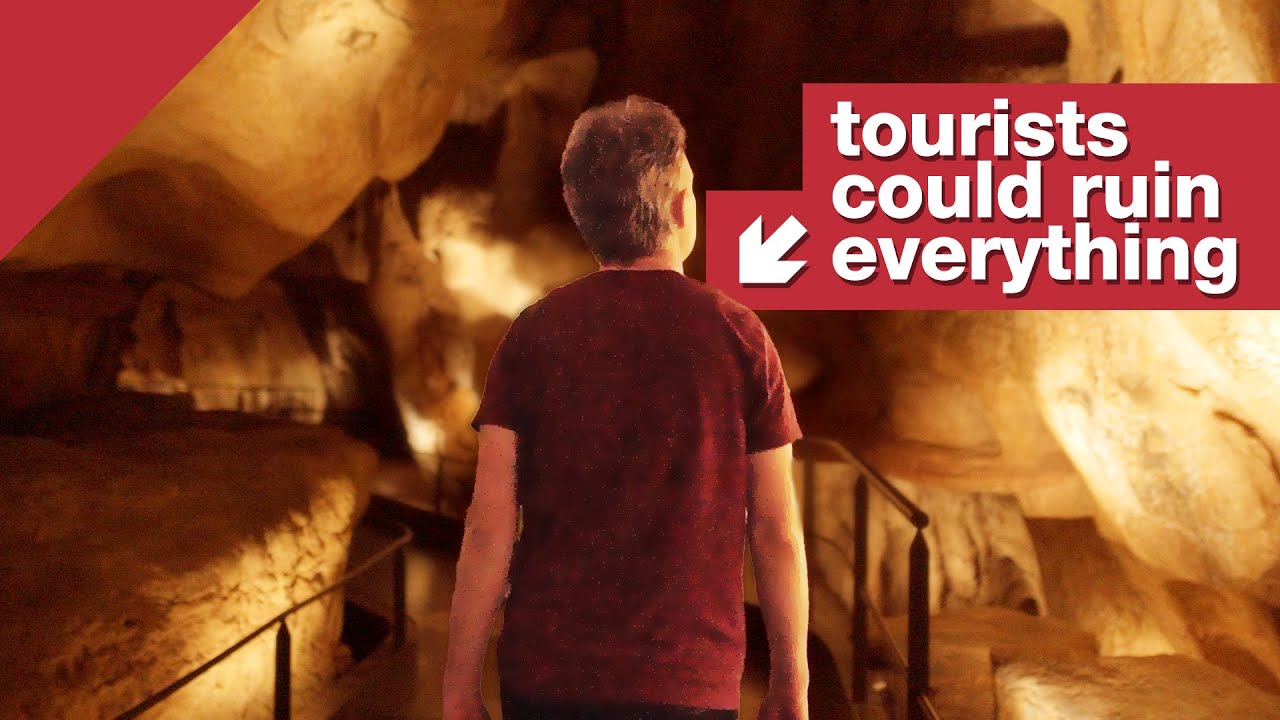The Chauvet-Pont-d’Arc Cave in southeastern France contains some of the best-preserved paleolithic cave paintings in the world. Radiocarbon dating indicates the cave was inhabited during two periods: the first from 37,000 to 33,000 years before the present and the second 31,000 to 28,000 years ago. Many of the drawings date from the first period.
The drawings were only discovered in 1994, and the cave was closed to the public shortly thereafter to avoid the kind of damage which occurred to the art in the Lascaux and Altamira caves. To allow appreciation of the art, a precise replica of the cave was constructed in an above-ground building, at full scale, but with passages between decorated chambers compressed. The model simulates the silence, darkness, temperature, humidity and acoustics of the actual cave.
This raises a point I’ve pondered for many years. The advent of molecular nanotechnology will make it possible to scan objects with atomic precision and reproduce them atom-for-atom, with each replica indistinguishable by any physical test from the original. Suppose this were done with, say, the Mona Lisa. What would be the difference in viewing the original versus an identical copy, if there were no test that could distinguish them? And, for that matter, after its theft in 1911, is the Mona Lisa on display in the Louvre today the one painted by Leonardo, or one of the six forgeries said to be have been made by Yves Chaudron while the painting was missing?
